Table of Contents
Animals That Can Change Gender:
Clownfish
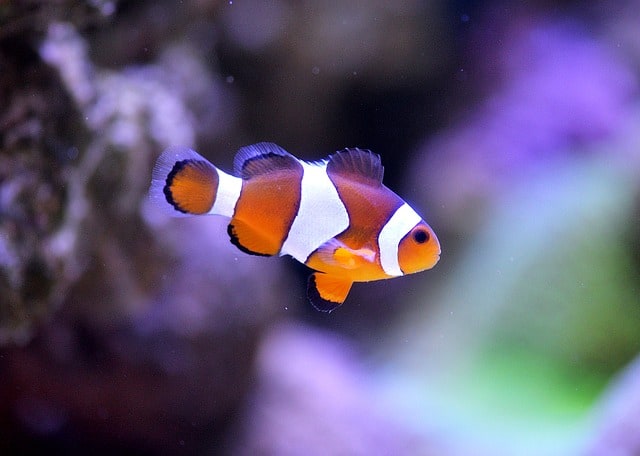
A clownfish has two sexes: male and female. They change from one sex to another every month or so. How long does it take them to go through their entire life cycle?
Clownfish are popular aquarium fish because they’re colorful, friendly, and very curious. Their bright colors give them away as being members of the Anthias family, along with other tropical reef fishes such as damselfish, wrasses, tangs, parrotfishes, and butterflyfishes.
Clownfish are hermaphrodites (having both male and female reproductive organs) and undergo sexual changes at around five months old. The sex change usually happens after the fish reaches three years old.
Hawkfish

Hawkfish are fish that live in the ocean and have two sets of genitalia. They are known for being able to change their sex from male to female or vice versa. This ability has fascinated scientists for years, but they haven’t found out why this happens.
Hawkfish are hermaphrodites (they have both male and female reproductive organs). The question is whether these fish can switch between the sexes and if so, why.
Research shows that some animals have the ability to change their sex, but very little is known about the underlying mechanisms. Scientists believe that hormones play a role in determining sexual development.
green sea turtles

Green sea turtles are known to be the largest living species of turtle. They live in tropical waters around the world. Their lifespan is usually between 50 and 100 years.
Green sea turtles are commonly found in warm oceans such as the Caribbean Sea, the Gulf of Mexico, the Pacific Ocean, the Indian Ocean, and the Atlantic Ocean. These turtles are also called leatherback turtles because they have a shell that resembles leather.
Some scientists believe that these turtles are born male and later become female. This theory was supported by the observation that some females had testes during their lifetime.
wrasses

Male wrasse fish undergo a dramatic transformation into female fish after being exposed to high levels of estrogen. This phenomenon has fascinated scientists for decades, but why does it happen?
Wrasse are a type of marine fish found throughout the tropical oceans. They are known for their ability to change sex from male to female or vice versa. The exact reason behind these changes remains unknown. Scientists believe that hormones play a role in the transition.
A study published in Nature Communications suggests that the hormone 17β-estradiol (E2) triggers the masculinization of the brain in male wrasses. Researchers discovered that E2 binds to receptors in the brains of male fish and causes them to develop female characteristics.
copperhead snakes

Copperheads are venomous snakes found throughout North America. They are typically brown or black in color, but some species can also be reddish-brown. The males are larger than females, and they have bright red spots on their heads.
Copperheads are hermaphrodites, meaning they possess both male and female reproductive organs. They can change from one sex to another depending on environmental conditions.
Male copperheads have red spots around their head, whereas females don’t have these markings. This helps identify them from other snake species.
Read More : Do Snakes Have Backbones !
sea bass
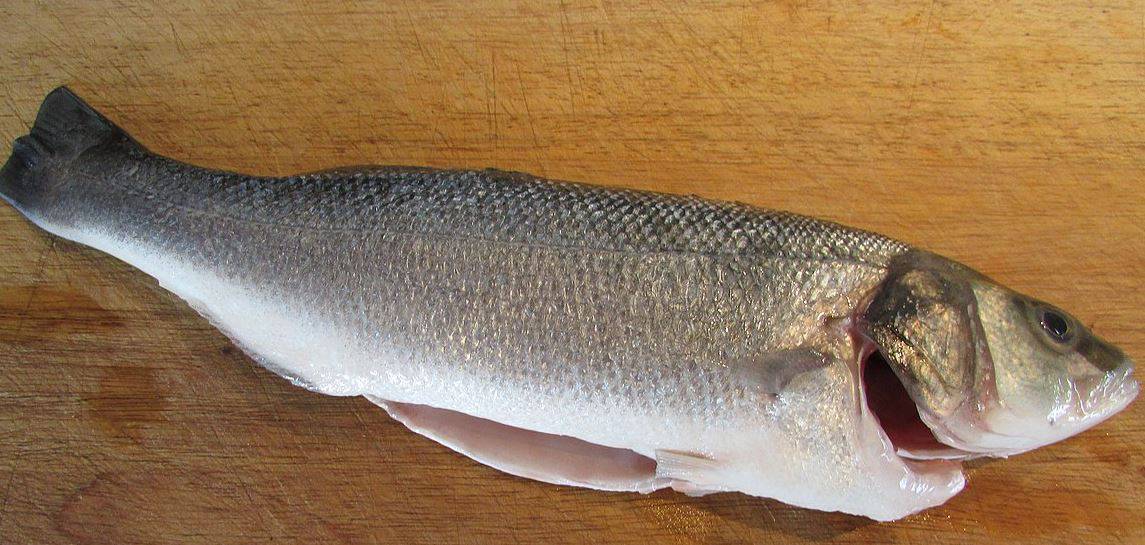
Seabass is a fish species that has recently become popular in the aquarium hobby. Seabass are known to be able to change their sex from male to female or vice versa. This ability makes them very interesting and unique.
Seabass are members of the family Syngnathidae, which also includes pipefish and seahorses. They live in tropical waters around the globe, and they prefer warm water temperatures.
Seabass are hermaphrodites (they have both male and female reproductive organs). The only difference between males and females is the size of the gonads. Males have larger testes than females.
This question was inspired by a study published in 2017 in the journal Biology Letters. Researchers studied the brains of two sea basses and discovered that they had both male and female brains.
moray eels
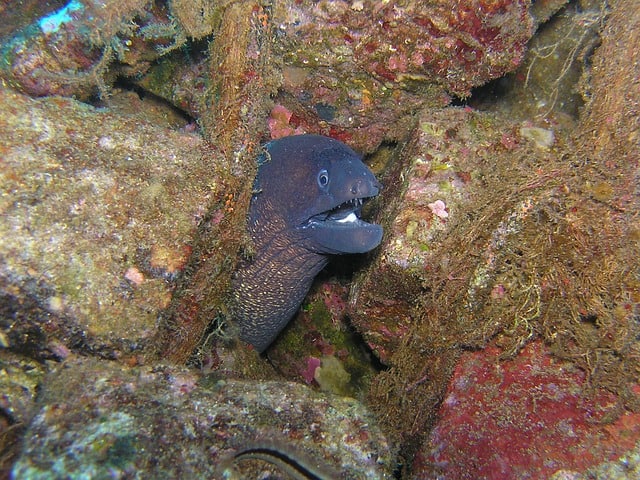
Moray eels are known for their ability to change sex from male to female or vice versa. This makes them unique creatures in the animal kingdom.
Moray eels are found in tropical waters around Australia and New Zealand. They are also known as mud dragons because they live in muddy environments.
There are two main theories regarding why moray eels change sex. One theory suggests that the fish undergoes a genetic mutation that causes them to become either male or female. The other theory states that the fish changes sex due to environmental influences.
humphead wrasse

Humphead wrasse (Labrus spp.) are marine fish commonly found along coral reefs. They live in pairs or groups, and their male partners aggressively defend their territory against other males. The females lay eggs and then leave the area.
Humphead wrasse are considered to be hermaphrodites because they possess both female and male reproductive organs. This means that they can produce both eggs and sperm.
They are hermaphrodites (both males and females) who exhibit homosexual behavior. In addition to being attracted to other members of their sex, they also engage in courtship rituals with members of the opposite sex.
Male humphead wrasses are often seen courting other males. Females, however, seem to prefer to court other females. When two female humphead wrasses meet, they rub against each other, nibble at each other’s fins, and sometimes even bite each other.
banana slugs
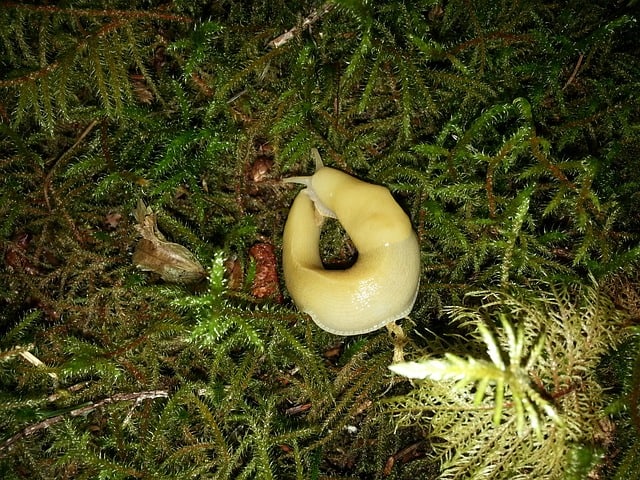
Banana slugs are very cute little creatures that look like they belong in a fairy tale. They are also known as the banana slug or banana slug mollusk. These slimy critters are found throughout Australia and New Zealand.
Banana slugs are known for being able to change their sex depending on their environment. Some even claim they can switch genders multiple times. This snail has become famous worldwide because of its ability to change sex.
Banana slugs are hermaphrodites. This means they can both produce eggs and sperm. The females lay their eggs in moist soil where the larvae develop into tiny snails. The males release milky white fluid from their rear ends that fertilizes the female’s eggs.
Many people believe that bananas slugs only reproduce once every year. In reality, they can reproduce multiple times a year. Females can lay between 50 and 100 eggs per day. Some scientists believe that banana slugs change gender during each reproductive cycle.
gobies

There are some species of fish that can switch from male to female or vice versa at will. This is called sex reversal. In other words, they can become either male or female.
Gobies are freshwater fish found in tropical regions around the globe. They are often kept as pets because of their playful nature. Some species of gobies are known to exhibit sex reversal.
This phenomenon has been observed in several species of gobies, such as the guppy (Poecilia reticulata) and the molly (Poecilia sphenops). These fish undergo sex changes during certain seasons or under specific environmental conditions.
cardinals

Cardinal is a genus of birds in the family Cardinalidae. There are around 20 species in four genera, two of which are extinct. The cardinalids are closely related to the tanagers (Thraupidae) and shrikes (Laniidae).
Cardinals are large, colorful songbirds native to temperate regions of North America and Eurasia. They belong to the order Passeroidea, along with finches, buntings, sparrows, grosbeaks, and thrushes. Cardinals are often seen at feeders, where they eat seeds and insects.
Cardinals change sex from female to male during their lifetime. This is known as protogyny. In some species, males become females after breeding, while in other species, both sexes remain the same throughout life.
corals
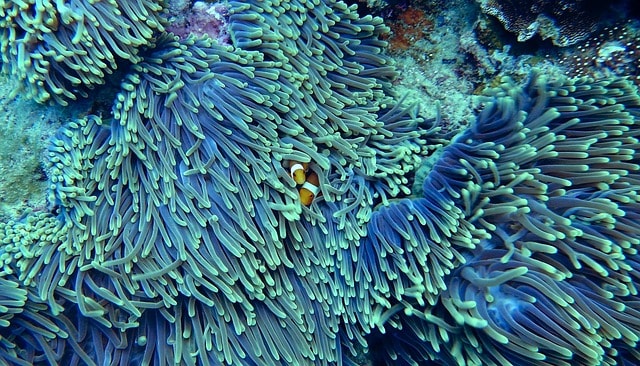
Coral reefs are known for their vibrant colors, beautiful shapes, and amazing diversity. They also happen to be home to some pretty interesting creatures. Some species are even capable of changing sex from male to female or vice versa.
Coral reefs cover less than 0.1% of the ocean floor, yet they provide homes for 25% of marine life. The Great Barrier Reef alone covers over 2,300 miles of coastline, and its coral reef ecosystem supports around 20% of all marine life.
Some corals change sex throughout their lives, and scientists believe that the same thing happens to other fish. In fact, recent research suggests that the majority of fish species change sex at least once during their lifetime.
Slipper limpets
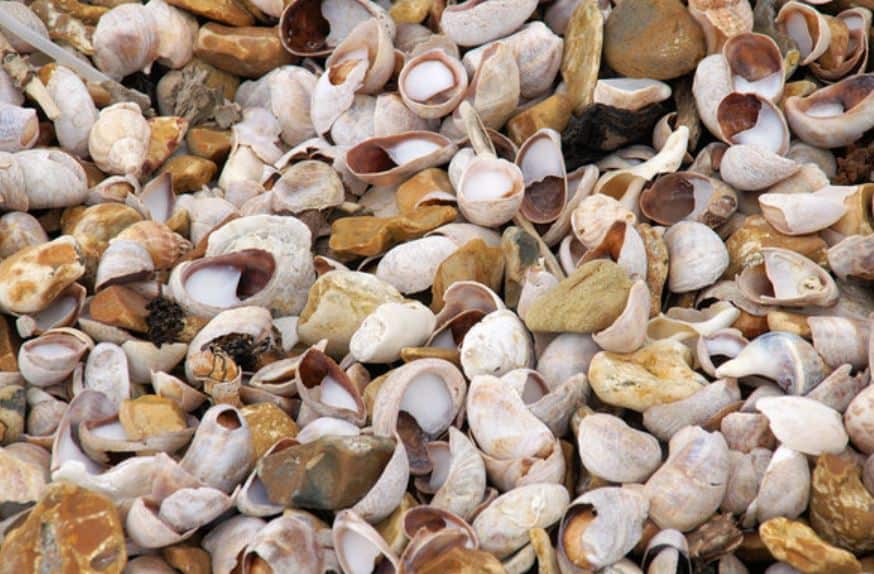
Slipper limpets are small marine gastropods found along rocky shores around the world. They live in burrows where they spend their lives attached to rocks using a special organ called a limpet shell.
Slipper limpets are hermaphrodites (having both male and female reproductive organs). In some species, males and females look very similar, and there is no clear difference between them. Other species have distinct differences, such as having a longer penis or a shorter penis.
There are two main theories regarding slipper limpets changing sex throughout their life. One theory says that slipper limpets become either male or female depending on environmental conditions. Another theory suggests that slipper limpets always remain hermaphroditic, but may switch from being male to female at certain times.
Read More : Animals Without Necks !
Bluehead wrasse employ

Bluehead wrasse are known for their striking blue head and body coloration. This species is also known for its ability to change sex from male to female or vice versa.
Bluehead wrasse exhibit sexual dimorphism, meaning they possess two distinctly different sexes. Males develop a blue head and body, whereas females lack these colors. The fish are hermaphroditic, meaning both males and females produce eggs.
Some scientists believe that bluehead wrasse are capable of changing sex through environmental cues. They hypothesize that the environment affects the development of gonads, leading to changes in sex.
oysters
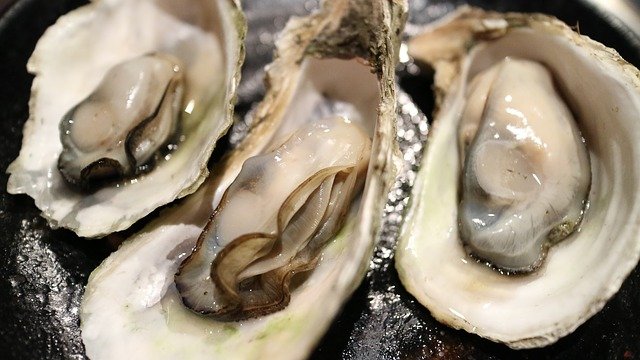
Oysters are known for their ability to change sex. They can even become male or female depending on where they live.
Oysters are filter feeders that eat phytoplankton (tiny plants) from the water. The tiny plants are eaten by bacteria that then pass through the digestive system of the oyster. This causes the oyster to release waste material called bile into its shell. Bile contains chemicals that cause the oyster to change sex.
While some scientists believe that oysters change genders because of environmental conditions, other researchers say that oysters change genders to escape predators. There are also studies that suggest that oysters change genders due to stress.
butterflies
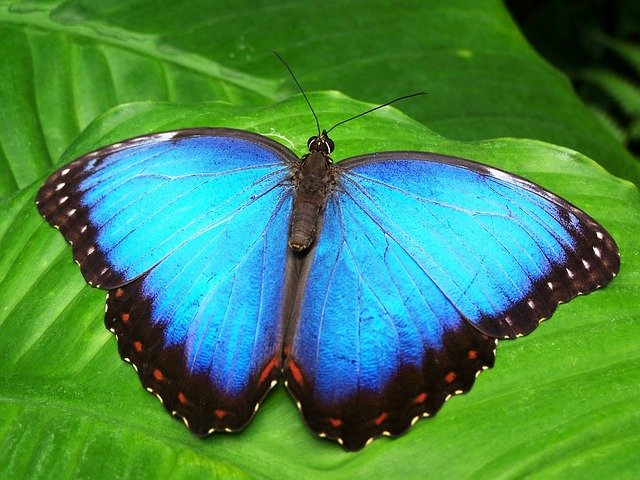
Butterflies are known for their beauty, but did you know they also change sex depending on the season.
Butterflies are insects belonging to the order Lepidoptera. They are often found fluttering around flowers or feeding on nectar. Their wings are covered with scales, giving them a beautiful iridescent appearance.
Butterfly sex changes occur during the mating season. The male butterfly usually mates with several females before he dies. Females lay eggs on plants and trees, where larvae develop into adult butterflies.
frogs
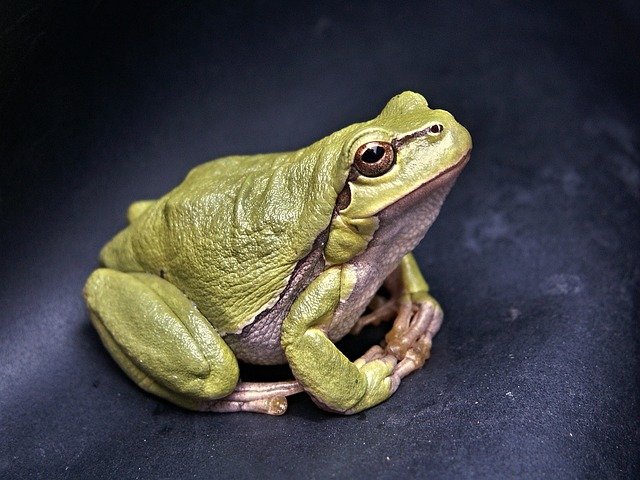
Frogs are amphibians that live in ponds or streams. They have four legs and two webbed feet. Some species are known for their bright colors. Others are brownish green. Frogs lay eggs and give birth to live young.
There are over 2,500 frog species around the world. Most of them are native to tropical regions. The largest ones are found in South America, Africa, Asia, Australia, and Europe.
Some scientists believe that frogs change sex during certain stages of life. For example, some frogs start out as males and become females later on. Other frogs begin as females and turn into males later on.
Australian bearded dragon
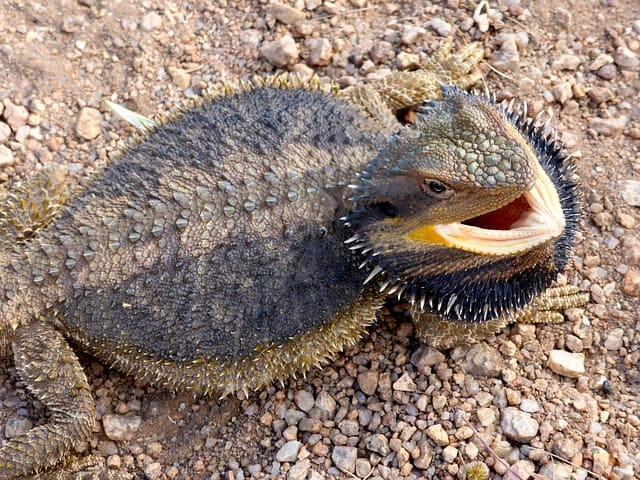
Have you ever wondered whether a male bearded dragon changes into a female bearded dragon during certain seasons or times of their life cycle? The answer to this question is yes. Males can transform into females at any time, even in the summer months.
The bearded dragon (Pogona vitticeps) is a lizard native to Australia. They can lay eggs from spring until autumn, depending on the season. Females are usually larger than males.
Bearded dragons are hermaphrodites, meaning they can both produce sperm and eggs. During breeding season, males become aggressive towards other males and females, sometimes even killing them. In order to ensure survival, some species of bearded dragons have evolved to change sex.
Calyptraeid gastropods
Calyptraeidae are a group of marine invertebrates known for their unusual sex reversal. They are hermaphrodites (having both male and female reproductive organs) that switch between being either male or female depending on environmental conditions.
Cnidarians are a phylum of animals that include corals, jellyfish, sea anemones, hydroids, and hydra. The calyptraeidae family consists of two genera, Calyptersia and Calyptersia. Both species are found in warm waters around the world.
